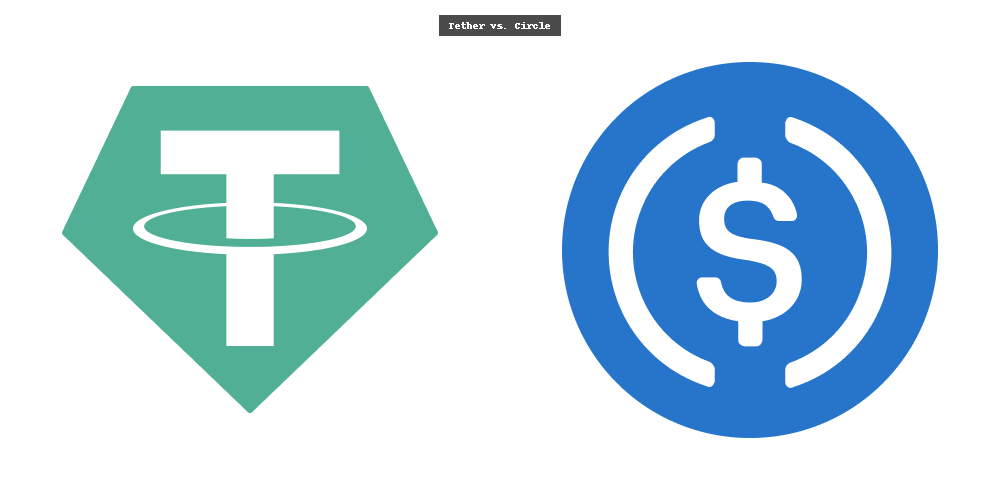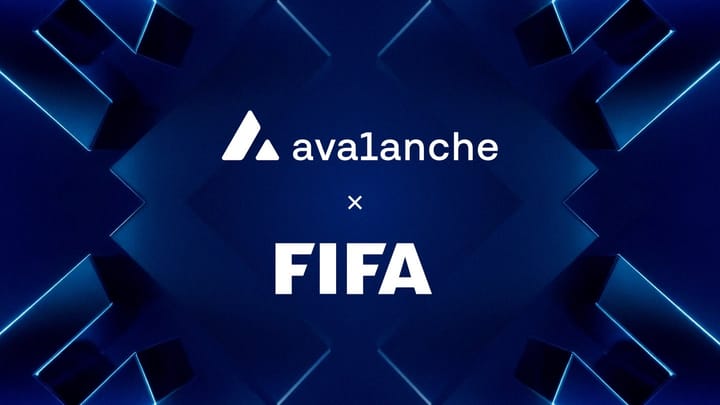ZK vs. AI: The Race to Own the Next Generation of Web3

Two buzzwords walk into a blockchain: Zero-Knowledge proofs (ZK) and Artificial Intelligence (AI). One promises privacy, integrity, and verifiable computation; the other brings prediction, automation, and intelligence.
On their own, each has been hailed as the “next big thing” in tech. But when paired together, and plugged into the ever-expanding world of decentralized finance (DeFi) and Web3, they could reshape how we build, use, and trust onchain applications.
This isn’t just another “future of blockchain” take. It’s a reality check on why ZK and AI are racing toward dominance in Web3, how their strengths complement each other, and what it all means for protocols like Mitosis that are trying to solve some of the hardest problems in DeFi today.
What ZK Really Brings to Web3
Let’s start with the cryptography side of the house.
At its core, Zero-Knowledge proofs (ZK) let you prove something is true without revealing the underlying data. It sounds abstract, but the implications are massive:
- You can prove you’re over 18 without showing your ID.
- You can prove your wallet balance is sufficient without revealing the exact amount.
- You can prove a computation ran correctly without exposing its inputs or outputs.
In the blockchain context, this has translated into three major advantages:
- Privacy + Integrity
Instead of spraying your personal or financial information across the chain, ZK lets you keep the details private while still proving compliance or validity. This is the holy grail for identity, KYC, and onchain reputation systems. - Scalability with ZK Rollups
ZK rollups batch thousands of transactions, prove they’re valid, and then post a compressed proof back to Ethereum or another L1. This keeps fees low while maintaining security. Polygon zkEVM, zkSync, and StarkNet are leading examples. - Selective Composability
Composability is great… until it overshares. ZK makes it possible to connect apps and contracts without revealing more data than necessary, enabling private lending markets, private DAOs, and even hidden onchain strategies.
The short version? ZK is the guardian of trust and privacy in Web3.
What AI Really Brings to Web3
Now, let’s switch gears to the intelligence side.
Artificial Intelligence has already taken over Web2: powering recommendations on Netflix, fraud detection at banks, and copilots in your IDE. But its impact on Web3 is only starting to emerge.
Here’s what AI is bringing to the table:
- Better UX Through Assistants
Crypto is notoriously complex. Imagine AI-powered wallets that guide you, flag scams in real time, or auto-complete your DeFi strategies. It’s not just about convenience, it’s about lowering barriers to entry. - Fraud Detection and Risk Management
Web3 is riddled with rug pulls, phishing, and protocol exploits. AI can spot patterns, analyze smart contract behavior, and warn users before disaster strikes. Think of it as the immune system of onchain ecosystems. - Smarter DeFi Strategies
Instead of manually rebalancing, AI agents could optimize yield farming, execute arbitrage, and dynamically allocate liquidity. Picture having an “autopilot” for your capital that never sleeps.
In essence, AI is the optimizer and navigator of Web3.
Where ZK and AI Meet
Here’s where it gets really interesting.
ZK and AI aren’t just parallel trends, they’re complementary forces. The fusion of privacy-preserving computation and intelligent automation unlocks possibilities that neither could achieve alone.
Some key meeting points:
- zkML (Zero-Knowledge Machine Learning): Prove that an AI model was run correctly without revealing the underlying inputs, outputs, or even the model itself. This is crucial for verifiable AI-driven decision-making onchain.
- Private Recommendations + Risk Scoring: AI can generate insights (like portfolio allocations), and ZK ensures those recommendations are verifiable and privacy-preserving. No leaking your alpha.
- Onchain Games + Markets: Imagine markets or games where outcomes are governed by AI logic, but all verifiable through ZK proofs. No black-box manipulation, no hidden advantages.
This convergence ensures that AI doesn’t become a trust black hole and ZK doesn’t stay a niche scaling trick. Together, they create a Web3 that is both intelligent and trustworthy.
The Mitosis Angle: Programmable Liquidity Meets ZK + AI
So where does Mitosis come into play?
Mitosis is building programmable liquidity for DeFi, a way to make assets flow seamlessly across chains, apps, and ecosystems without fragmentation. But programmable liquidity isn’t just about moving tokens. It’s about orchestrating capital intelligently and securely.
Here’s why ZK and AI matter for Mitosis:
- ZK Protects Users: When liquidity moves across chains, you don’t want to leak data or expose vulnerabilities. Zero-Knowledge proofs enable trustless verification and privacy-preserving capital movement.
- AI Optimizes Routes: Liquidity orchestration is a complex optimization problem. AI can analyze conditions in real time, select the best routes, and dynamically adjust strategies for efficiency.
- Mitosis Executes Seamlessly: With ZK providing the security and AI providing the intelligence, Mitosis becomes the execution layer, turning fragmented liquidity into a unified, programmable fabric.
The trio of ZK + AI + Mitosis could finally make DeFi as usable, safe, and efficient as its Web2 counterparts.
Beyond the Hype: The Challenges
Of course, none of this is without hurdles.
- For ZK: Proof generation is still computationally heavy. User adoption is slow because privacy is hard to “sell” until it’s lost.
- For AI: Trust in AI outputs is shaky, and bias or manipulation is a real concern.
- For Both: The intersection of AI + ZK is still early research. zkML is powerful but expensive, and there’s a question of whether the infrastructure will scale fast enough for mainstream DeFi.
But here’s the thing: every breakthrough in Web3 has looked impossible until it wasn’t. Rollups were too slow, until they weren’t. Stablecoins were “unworkable”, until they became a trillion-dollar sector.
ZK + AI is on the same trajectory.
Closing Thoughts
ZK guards the house. AI rearranges the furniture. Mitosis opens all the doors.
That’s the vision: a Web3 where your assets move freely, your data stays private, and your strategies are optimized by intelligent, verifiable agents.
But let’s end on a question instead of a conclusion, one that captures the stakes of this race:
👉 Would you trust an AI agent to manage your yield if you could verify every move cryptographically?
Because that’s where we’re headed.



Comments ()